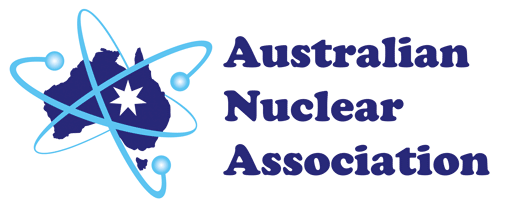Q: Can nuclear power plants handle the extreme weather and earthquakes of Australia?
A: They currently handle much worse in countries like America and Japan.
Australia has powerful cyclones in the north, severe floods, bushfires, and even earthquakes. But nuclear power plants worldwide are explicitly designed to handle worst-case scenarios. Design standards require that a nuclear plant be able to shut down safely after events like large earthquakes, tsunamis, fires, floods, and hurricanes, with multiple backup systems in place. Engineers analyse local hazard data (seismic records, probable maximum flood, etc.) and ensure that the plant’s structures and cooling systems can survive events more severe than any we have ever historically recorded. For example, reactors in Japan and California are built on seismic isolators and reinforced foundations to endure strong earthquakes, and coastal plants add protective seawalls or elevation to address tsunamis.
Reactor buildings are massive steel-reinforced concrete structures, with walls more than 1 meter thick. These containments are so tough that they have to demonstrate that they can withstand the crash of a large commercial airliner without losing core cooling or containment breach. Tests have confirmed that if a structure can handle the impact of a 200-ton jet at high speed, it will easily handle flying storm debris or any conceivable tornado or cyclone winds. Even winds that can tear roofs off other buildings would not impact a nuclear power plant.

